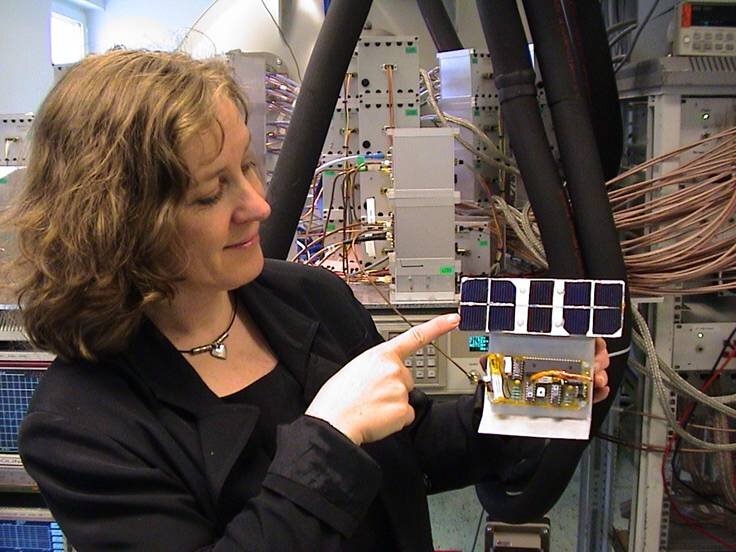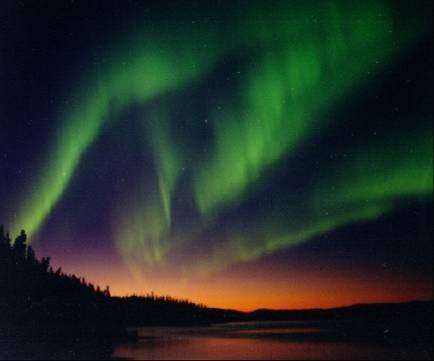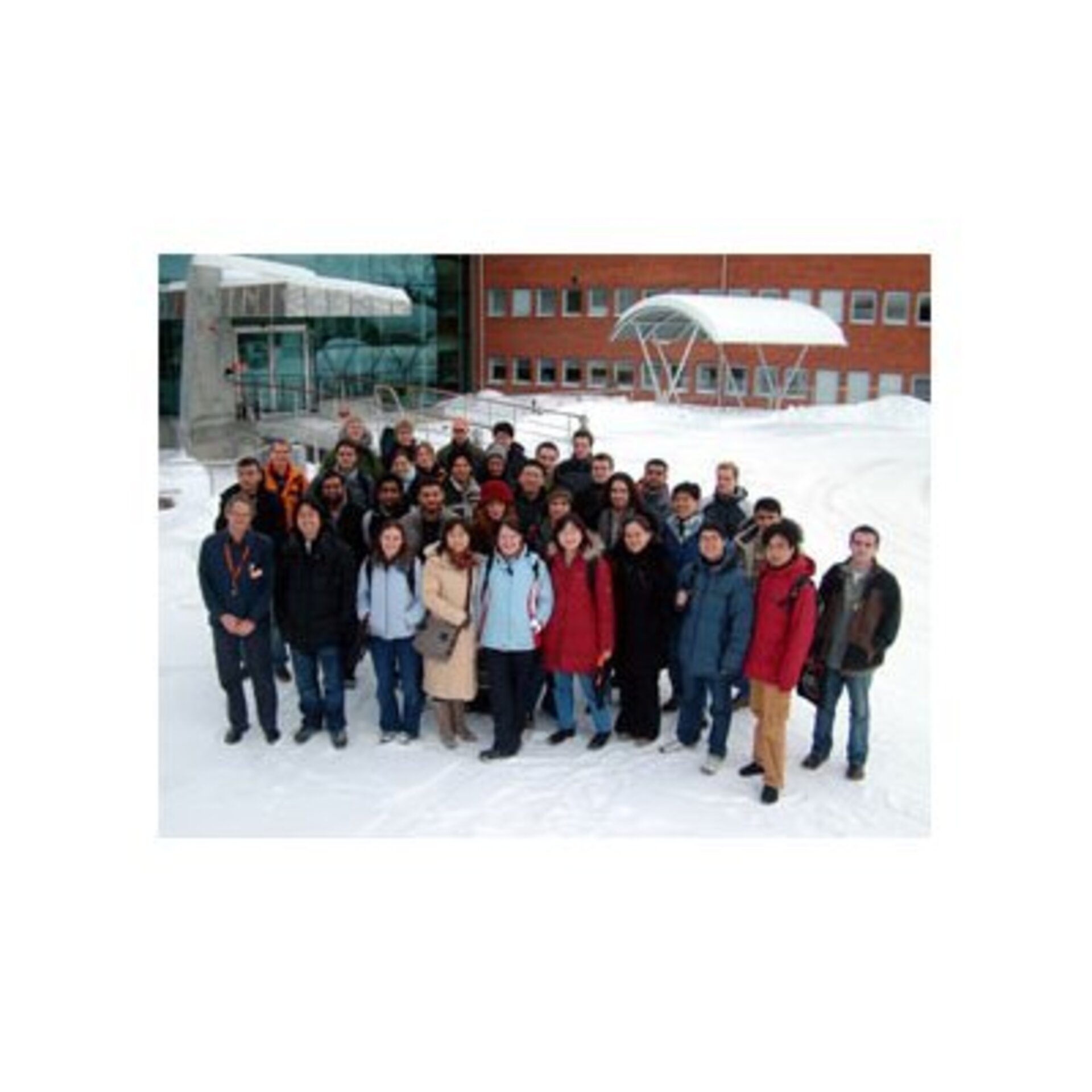Erasmus Mundus Master Course in Space Science and Technology – SpaceMaster, 120 ESTS
SpaceMaster is a two-year Master Course under the umbrella of the European Audiovisual and Culture Executive Agency. The course brings together students from the whole world to share the competence in space science and technology, to develop it together and distribute it to benefit the European space industry and research community.
The educational cooperation is supported by scientific and industrial organisations providing direct contacts with professional research and industry. Students receive cross-disciplinary knowledge and experience, from laboratory work and computer simulations to concrete situations such as stratospheric balloons, rockets, satellite control, robotics, sensor data fusion, and multi-body dynamics.
Each year around 30-35 non-EU students and 15-20 EU students join the SpaceMaster Course.
SpaceMaster Structure
- Luleå University of Technology, Sweden (coordinating university)
- Cranfield University, UK
- Czech Technical University, Czech Republic
- Aalto University, Finland
- Julius-Maximilian Universität Würzburg, Germany
- Université Paul Sabatier Toulouse III, France
- The University of Tokyo, Graduate School of Science, Japan
- Utah State University, USA
Associated members:
- Swedish Institute of Space Physics (IRF)
- Swedish Space Corporation (SSC)
- EISCAT (European Incoherent Scatter) Scientific Association (EISCAT)
- Honeywell International s.r.o.
- European Aeronautics Defence and Space Company, Innovation Works Division (EADS)
Course schedule

The course has a common first year for all students. 1st semester takes place at JMUW, Würzburg, Germany, the second semester takes place at LTU, Kiruna Space Campus, Sweden. During the third semester the students are distributed among the six European universities. The students select the track of specialization for the third and fourth semesters when they apply. The distribution for the third and fourth semesters is finalised in the middle of the second semester. During the fourth semester the students perform their Master thesis projects in six European universities, two non European universities, associated members, industry or research institutions related to the course specialisations.
- Engineering Track 1: Dynamics and control of Systems and Structures (Cranfield University)
- Engineering Track 2: Space Robotics and Automation (Aalto University)
- Engineering Track 3: Automation, Control and Communication of Space Robotics (Julius-Maximilian Universität Würzburg)
- Engineering Track 4: Space Technology and Instrumentation (Luleå University of Technology)
- Engineering Track 5: Space Automation and Control (Czech Technical University)
- Engineering Track 6: Space Technique and Instrumentation (Université Paul Sabatier Toulouse III)
- Scientific Track 1: Atmospheric and Space Science (Luleå University of Technology)
- Scientific Track 2: Astrophysics, Space Science and Planetology (Université Paul Sabatier Toulouse III)
The course modules are given in English.
Next to the scientific and engineering modules time is allocated to follow language and cultural module as well as for visits to the international space companies.
The Course leads to two officially recognized Master degrees in issued by two European universities.
The European and non-European students may receive Erasmus Mundus scholarships from the EC.
ESA contribution to SpaceMaster

The European Space Agency supports the SpaceMaster Course with the following contributions:
- ESA grants – Grants for six European students per year. The selected students should be nationals from one of the ESA Member States* and they should not be eligible to receive financial support from the EC within the Erasmus Mundus Course.
- ESA work placements – Work placements at ESA's research and technology centre, ESTEC, in Noordwijk, the Netherlands, in support of the preparation of their final thesis. The selected students should be nationals from one of the ESA Member States.
- ESA lectures – ESA organises an annual seminar of lectures presented by ESA staff on topics related to human spaceflight and exploration.

Who can participate?
Students with a Bachelor degree of 180 ECTS in engineering, natural science, physics, mathematics, computer science, electronics as well as a good command of English (both spoken and written) can apply.
How to apply?
If you want to apply to the SpaceMaster Course, please click on the link: www.spacemaster.eu
Contact person:
Dr Victoria Barabash, Course coordinator
Victoria.barabash@ltu.se
Phone: +46 (0)980 79024
Division of Space Technology
Department of the Computer Science, Electrical and Space Engineering
Luleå University of Technology
Rymdcampus 1
981 92 Kiruna
Sweden




